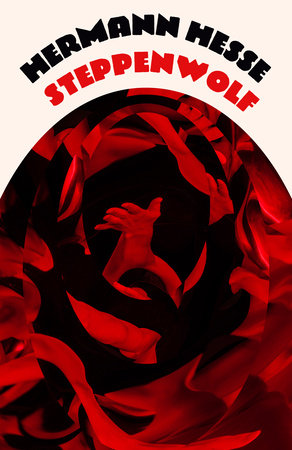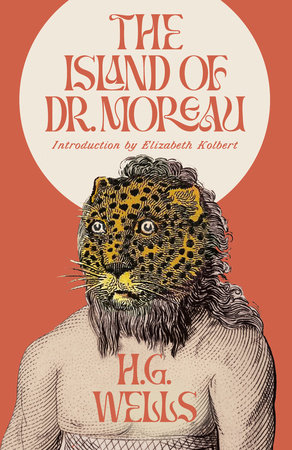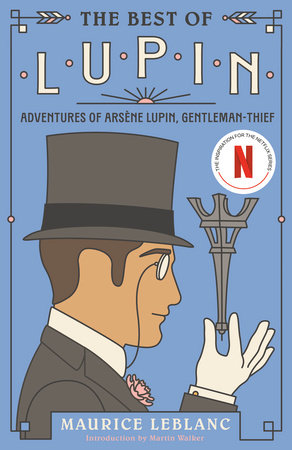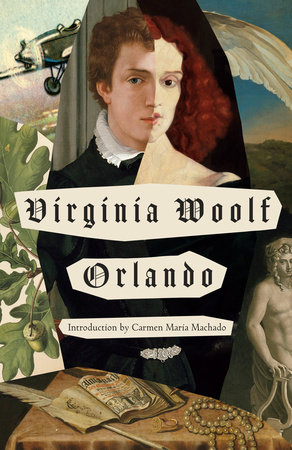
Steppenwolf
Hermann Hesse
Paperback
September 23, 2025 | ISBN 9798217006946
AmazonBarnes & NobleBooks A MillionBookshop.orgHudson BooksellersPowell'sTargetWalmart
Ebook
September 23, 2025 | ISBN 9798217006953
AmazonApple BooksBarnes & NobleBooks A MillionGoogle Play StoreKobo
About the Book
To the outside world, Harry Haller is a reserved intellectual: quietly renting an upstairs room from a respectable family, he spends his days alone in miserable contemplation. But on the inside, Harry is the Steppenwolf, half man and half wolf, trapped between a disdain for the regulated lives of respectable people and an inability to embrace the pleasures of the senses.
As he begins to confront the life he's spent in self-imposed isolation, Harry meets the mysterious Hermine and becomes captivated by her ease of moving through the world. Hermine becomes Harry's guide through the decadent underbelly of their city, and his teacher in the ways of the pleasure-seeking bourgeois society he's always despised. Through a series of surreal encounters with the likes of Mozart and Goethe, Harry begins to find that the world of desire is the key to unlocking the life he once thought irredeemable.











